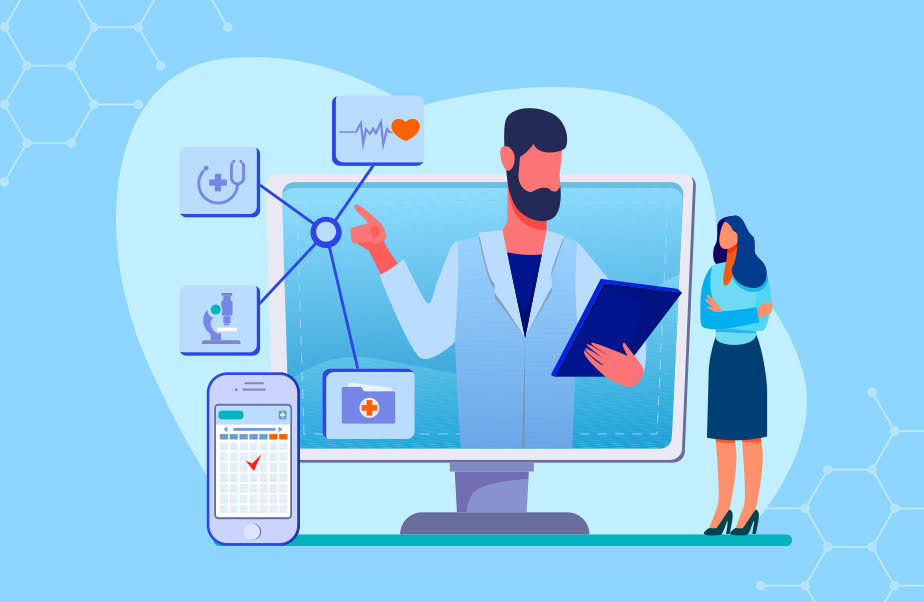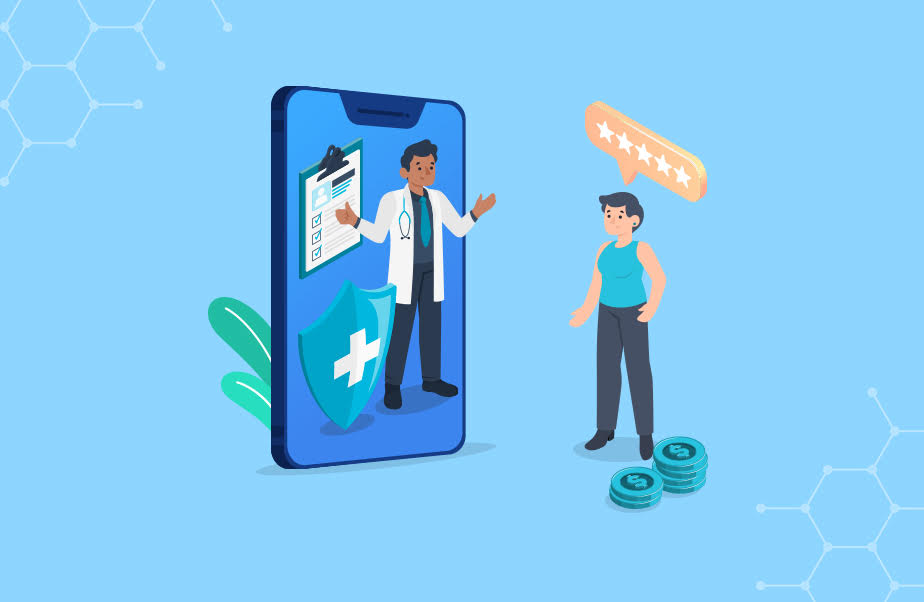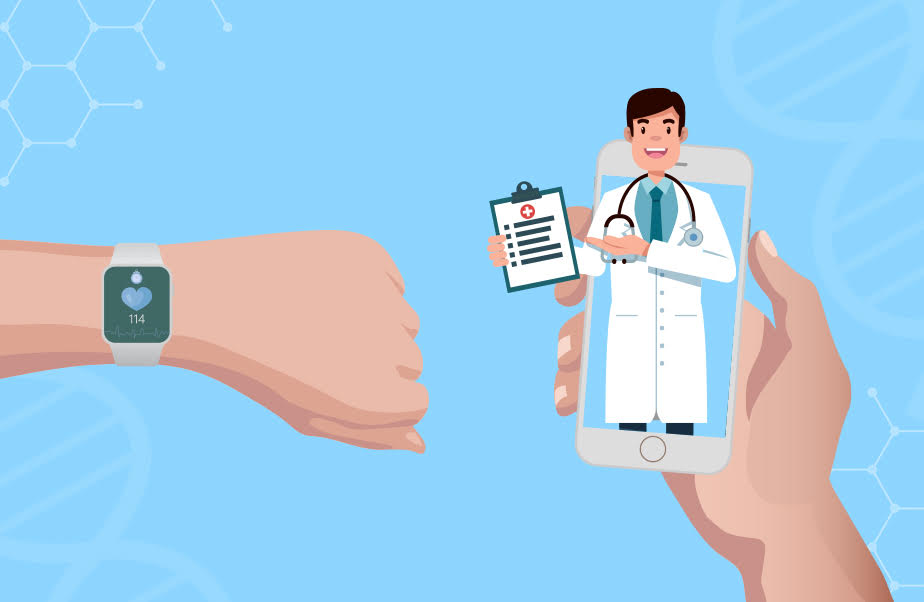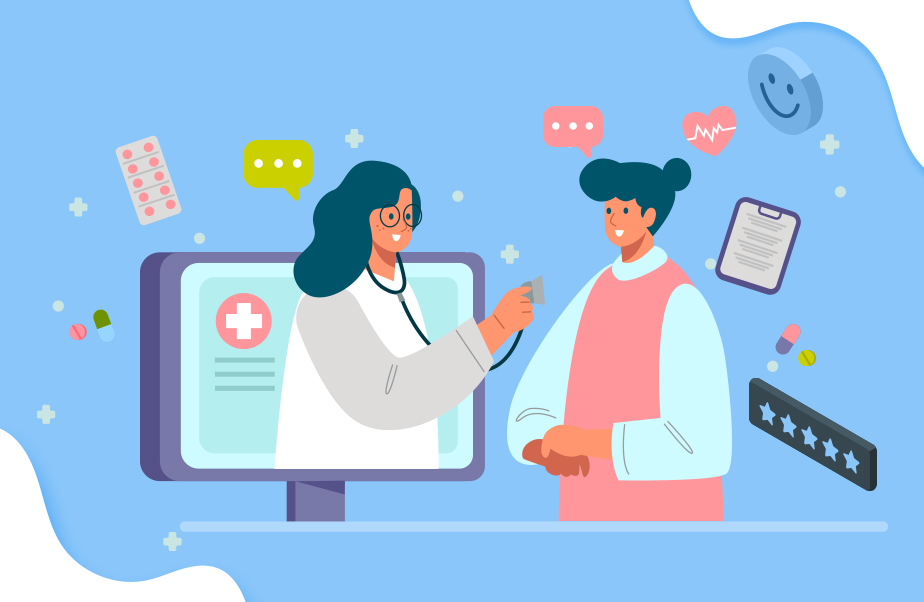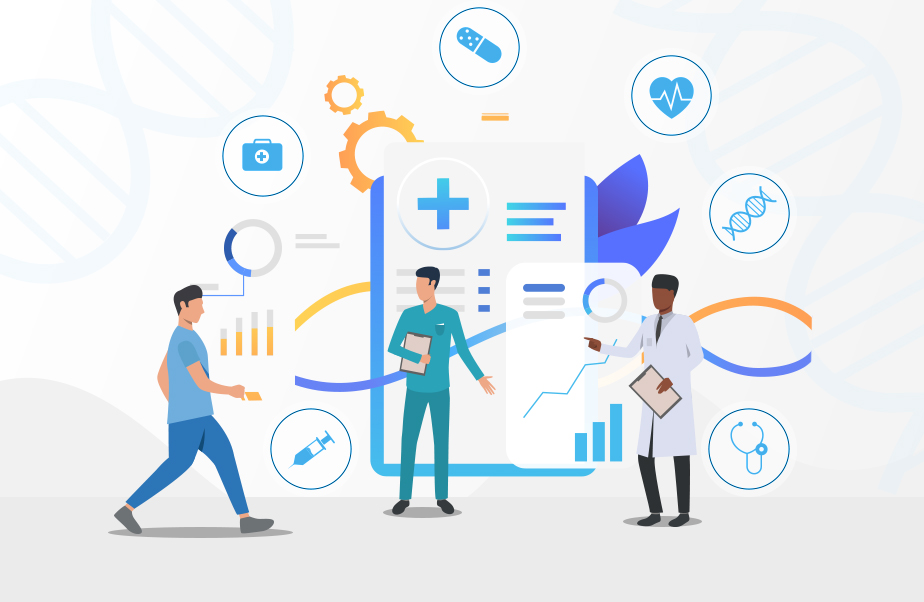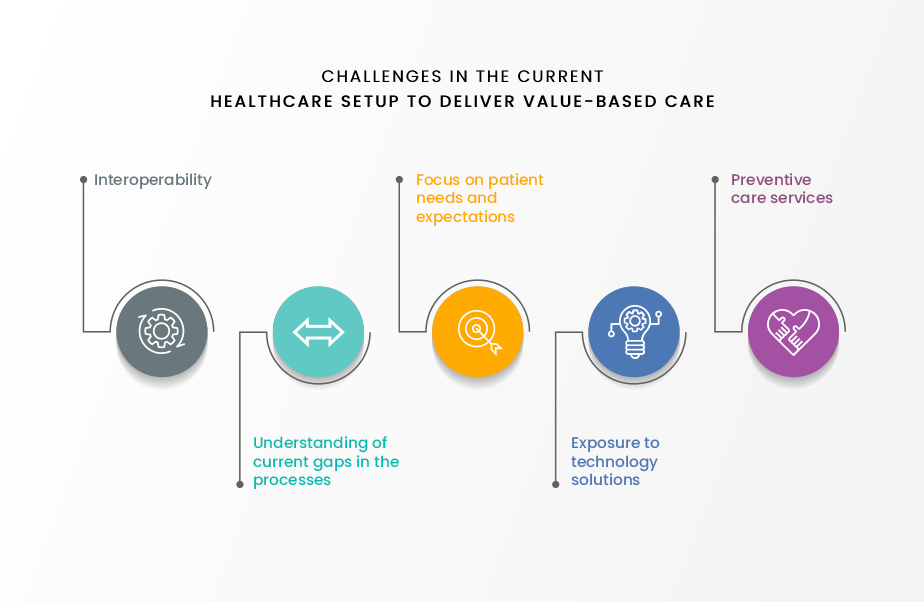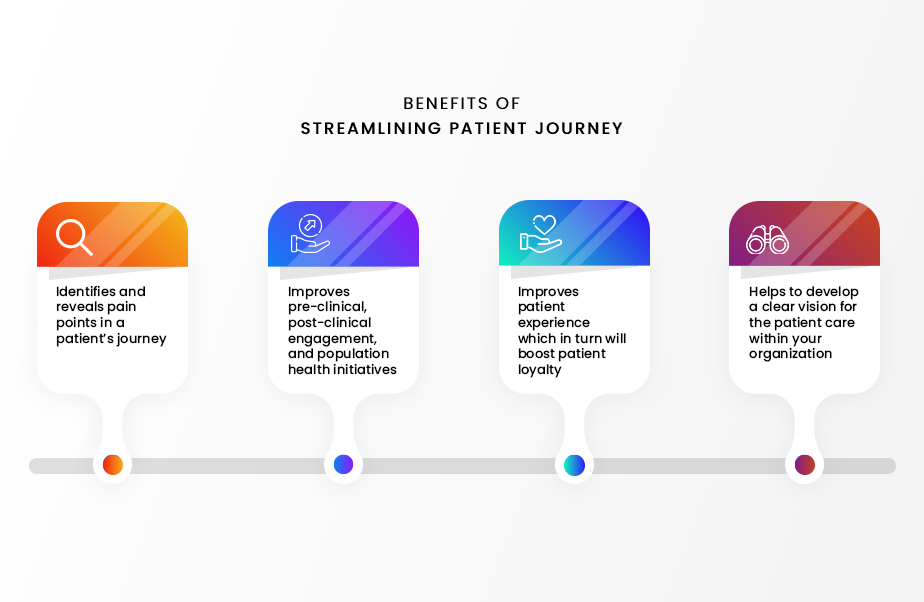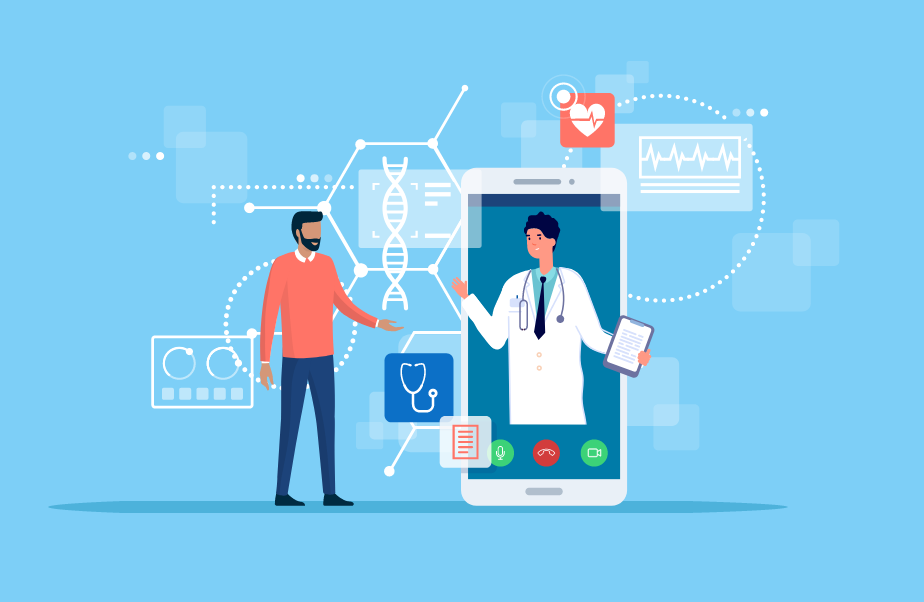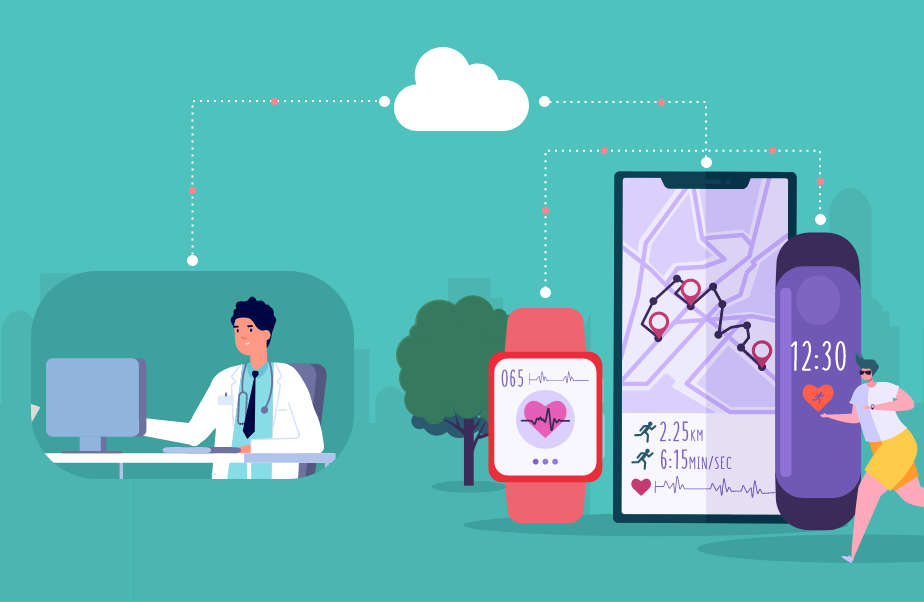Today, healthcare technology has extensively transformed the healthcare sector by changing the lives of many people and also changing the way the healthcare industry operates. It is driving healthcare more than any other force and has resulted in meaningful growth for the future. It has helped the industry by bridging the communication gap between patients and providers.
Though American healthcare providers have embraced the use of EHRs at record-high rates, they lag behind the rest of the world in adopting other digital health technologies such as telehealth, artificial intelligence, etc.
Early Adopters of Healthcare Technology Are Benefitted
There is no denying that the early adopters of healthcare technology are benefitting the most. It is extremely advantageous to providers and has played a pivotal role in bringing noticeable changes to the healthcare industry. There are providers skeptical about the implementation cost and the medical value of technological advances.
Though there remains skepticism among providers about healthcare IT, this situation is likely to change among the U.S. medical providers. Efforts are underway to increase the adoption of healthcare IT and spur innovative solutions. The early adopters are witnessing optimistic results like the ability to provide better care, the reduction of administrative costs, and the power to provide value-based care for their patients.
Related Article: Data Analytics Next “Big Thing” in the Healthcare Industry!
Some of the benefits are
The adopters are benefitting from the increased revenue government reimbursements for Medicare patients. This allows them to optimize their potential revenue and provide value-based care for their patients.
The adopters have been able to retain and expand their patients through a well-connected care system.
Healthcare IT lets patients have access to their health records, allowing them to take part in their care programs or plans.
With the help of electronic health records, patients have been more engaged in their health and have greater satisfaction with care.
The providers have been able to retain and expand their patient base with value-based care and better results.
Health IT provides 360-degree care which enables both the patients and providers to have a better understanding of the patient’s current health condition and unique healthcare needs thus enabling the physician to come up with individual care plans.
Eventually the adoption of health IT will bring great changes in the healthcare system benefitting both the providers and the patients.
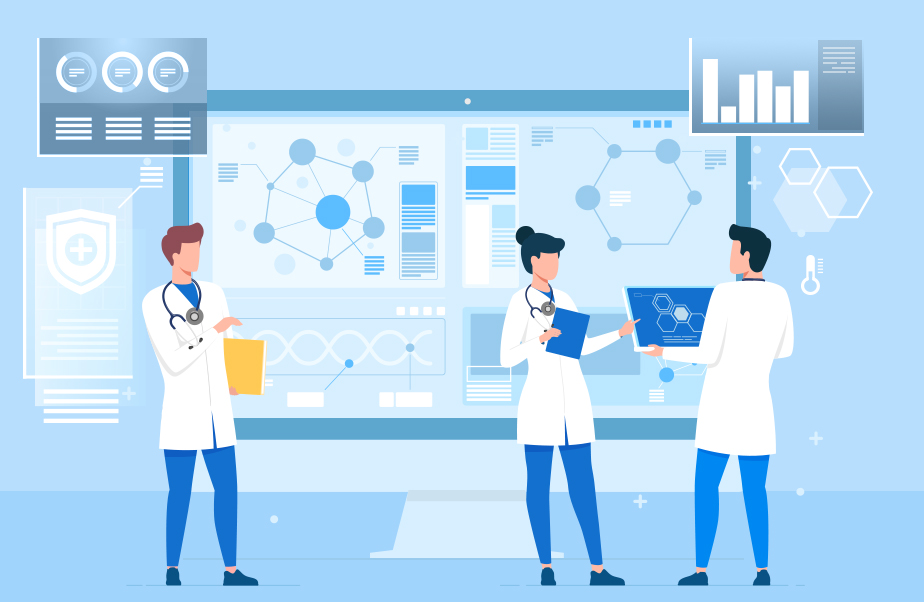
Early adopters, in general, are experiencing the following benefits as well:
- Connected health helps patients to self-manage their health thus supporting the physicians for a better health outcome.
- Providers are able to retain and expand their patient base while focusing on value-based care
- Providers are able to bring in additional revenue by increasing their patient base and aligning with their business strategy.
- Early adopters are maximizing their profit through increased revenue government reimbursements for Medicare patients.
- Adopting health IT reduces the cost of care for their patients.
- The technology behind health IT is advancing rapidly and is transforming the way the industry operates.
- Healthcare IT enables the secure exchange of sensitive patient data.
- Health care IT has helped to build better patient-provider relationships.
- Detailed care - Provides physicians more face time, improved outcomes, focus on preventive measures, reduced readmissions, and reduces paperwork.
- Patients will experience higher satisfaction, increased confidence, and enhanced treatment adherence.
- Enables better care quality and patient-centered care.
In Conclusion, health IT can tackle the increasing demands on healthcare. It is especially advantageous for the industry considering the increase in chronic diseases and people with multiple conditions. Healthcare technology has the potential to improve the overall outcome by reducing healthcare costs and increasing access to care.
Talk to HealthViewX Solution experts to understand more about their HOPE Platform and solutions like Referral Management, Chronic Care Management, Telehealth Solutions, Remote Patient Monitoring, and many more. Schedule a demo today!

